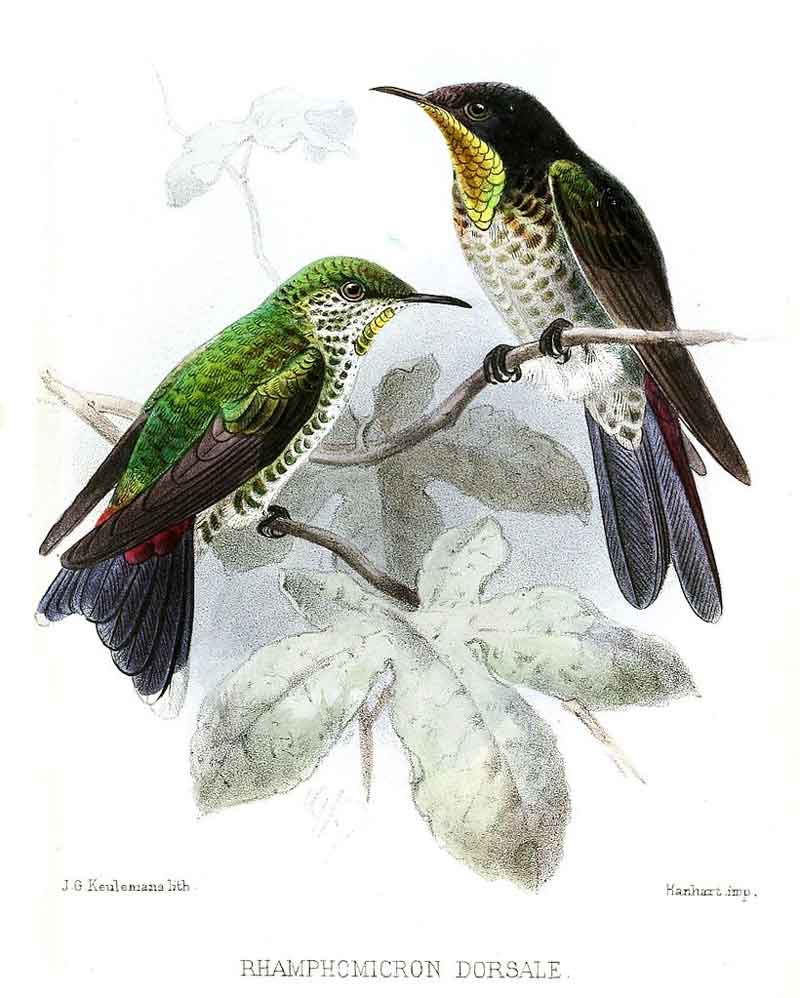
Superregnum: Eukaryota
Cladus: Unikonta
Cladus: Opisthokonta
Cladus: Holozoa
Regnum: Animalia
Subregnum: Eumetazoa
Cladus: Bilateria
Cladus: Nephrozoa
Superphylum: Deuterostomia
Phylum: Chordata
Subphylum: Vertebrata
Infraphylum: Gnathostomata
Megaclassis: Osteichthyes
Cladus: Sarcopterygii
Cladus: Rhipidistia
Cladus: Tetrapodomorpha
Cladus: Eotetrapodiformes
Cladus: Elpistostegalia
Superclassis: Tetrapoda
Cladus: Reptiliomorpha
Cladus: Amniota
Classis: Reptilia
Cladus: Eureptilia
Cladus: Romeriida
Subclassis: Diapsida
Cladus: Sauria
Infraclassis: Archosauromorpha
Cladus: Crurotarsi
Divisio: Archosauria
Cladus: Avemetatarsalia
Cladus: Ornithodira
Subtaxon: Dinosauromorpha
Cladus: Dinosauriformes
Cladus: Dracohors
Cladus: Dinosauria
Ordo: Saurischia
Cladus: Eusaurischia
Subordo: Theropoda
Cladus: Neotheropoda
Cladus: Averostra
Cladus: Tetanurae
Cladus: Avetheropoda
Cladus: Coelurosauria
Cladus: Tyrannoraptora
Cladus: Maniraptoromorpha
Cladus: Maniraptoriformes
Cladus: Maniraptora
Cladus: Pennaraptora
Cladus: Paraves
Cladus: Eumaniraptora
Cladus: Avialae
Infraclassis: Aves
Cladus: Euavialae
Cladus: Avebrevicauda
Cladus: Pygostylia
Cladus: Ornithothoraces
Cladus: Ornithuromorpha
Cladus: Carinatae
Parvclassis: Neornithes
Cohors: Neognathae
Cladus: Neoaves
Superordo: Caprimulgimorphae
Ordo: Apodiformes
Familia: Trochilidae
Subfamilia: Trochilinae
Genus: Ramphomicron
Species: Ramphomicron dorsale
Name
Ramphomicron dorsale Salvin & Godman, 1880
Type locality: Sierra Nevada de Santa Marta, 9200 and 2000 ft, Colombia.
References
Salvin, O. & Godman, F.D. 1880. On the Birds of Sierra Nevada of Santa Marta, Colombia. The Ibis 4(4): 114–126, pl.III BHL; 169–178, pl.IV–V BHL Reference page. p. 172 BHL, pl. 5 BHL.
Links
IUCN: Ramphomicron dorsale (Endangered)
Vernacular names
català: Colibrí beccurt negre
Cymraeg: Sïedn dreinbig du
Deutsch: Schwarzer Kurzschnabelkolibri
English: Black-backed Thornbill
español: colibrí piquicorto dorsinegro
suomi: Mustanysäkolibri
français: Colibri à dos noir
Nederlands: Zwartrugdoornsnavel
norsk nynorsk: Svartryggkolibri
svenska: svartryggig nålnäbb
The black-backed thornbill (Ramphomicron dorsale) is an Endangered species of hummingbird in the "coquettes", tribe Lesbiini of subfamily Lesbiinae. It is endemic to the Sierra Nevada de Santa Marta of northern Colombia.[3][4][1]
Taxonomy and systematics
The black-backed thornbill is monotypic. It shares its genus with the purple-backed thornbill (R. microrhynchum).[3]
Description
The black-backed thornbill is 9 to 10 cm (3.5 to 3.9 in) long and weighs about 3.5 g (0.12 oz). Both sexes have a very short black bill; the male's is slightly decurved. The male's upperparts are velvety black with purplish uppertail coverts and a white spot behind the eye. Their gorget is olive green and the rest of the underparts are a mix of dark gray and rufous with green dots. The tail is moderately long, deeply forked, and purplish black. Females have shining grass green upperparts, and like the male, purplish uppertail coverts and a white spot behind the eye. Their underparts are buffy white with green dots. The tail is shorter than the male's and the outer pair of feathers have white tips.[5]
Distribution and habitat
The black-backed thornbill is restricted to the isolated Sierra Nevada de Santa Marta in far northern Colombia, where it inhabits the edges of humid and elfin forest and also páramo. In elevation it ranges from 2,000 m (6,600 ft) as high as the snowline at about 4,600 m (15,100 ft).[5]
Behavior
Movement
The black-backed thornbill moves to lower elevations in May and Jun.[5]
Feeding
The black-backed thornbill forages for nectar at any height from the ground to the canopy. It has been recorded taking nectar from the flowers of Ericaceae, Lobeliaceae, Melastomataceae, and Rubiaceae, and more specifically flowers of genera Erythrina, Puya, and Salvia. It collects nectar while hovering and also by clinging to the flower. In addition it feeds on insects caught on the wing and gleaned from flowers.[5]
Breeding
Nothing is known about the black-backed thornbill's breeding phenology.[5]
Dickcissel male perched on a metal pole singing, with neck stretched and beak open.
Songs and calls
Listen to black-backed thornbill on xeno-canto
Vocalization
The black-backed thornbill's calls include "a short dry rattle 'trrr'...a long descending rattle...'tsee-tttrrrrrrrr-tsee', [and] single 'tsee' notes."[5]
Status
The IUCN has assessed the black-backed thornbill as Endangered. It has a very limited range; its population size is not known and is believed to be decreasing. Its habitat is under severe human pressure for conversion to agriculture and grazing.[1] A small part of its range is protected in a national park.[5]
References
BirdLife International (2016). "Black-backed Thornbill Ramphomicron dorsale". IUCN Red List of Threatened Species. 2016: e.T22687987A93178424. doi:10.2305/IUCN.UK.2016-3.RLTS.T22687987A93178424.en. Retrieved 23 February 2022.
"Appendices | CITES". cites.org. Retrieved 14 January 2022.
Gill, F.; Donsker, D.; Rasmussen, P., eds. (January 2022). "Hummingbirds". IOC World Bird List. v 12.1. Retrieved 15 January 2022.
HBW and BirdLife International (2020) Handbook of the Birds of the World and BirdLife International digital checklist of the birds of the world Version 5. Available at: http://datazone.birdlife.org/userfiles/file/Species/Taxonomy/HBW-BirdLife_Checklist_v5_Dec20.zip [.xls zipped 1 MB] retrieved 27 May 2021
Züchner, T. and P. F. D. Boesman (2020). Black-backed Thornbill (Ramphomicron dorsale), version 1.0. In Birds of the World (J. del Hoyo, A. Elliott, J. Sargatal, D. A. Christie, and E. de Juana, Editors). Cornell Lab of Ornithology, Ithaca, NY, USA. https://doi.org/10.2173/bow.blbtho1.01 retrieved 23 February 2022
Retrieved from "http://en.wikipedia.org/"
All text is available under the terms of the GNU Free Documentation License

